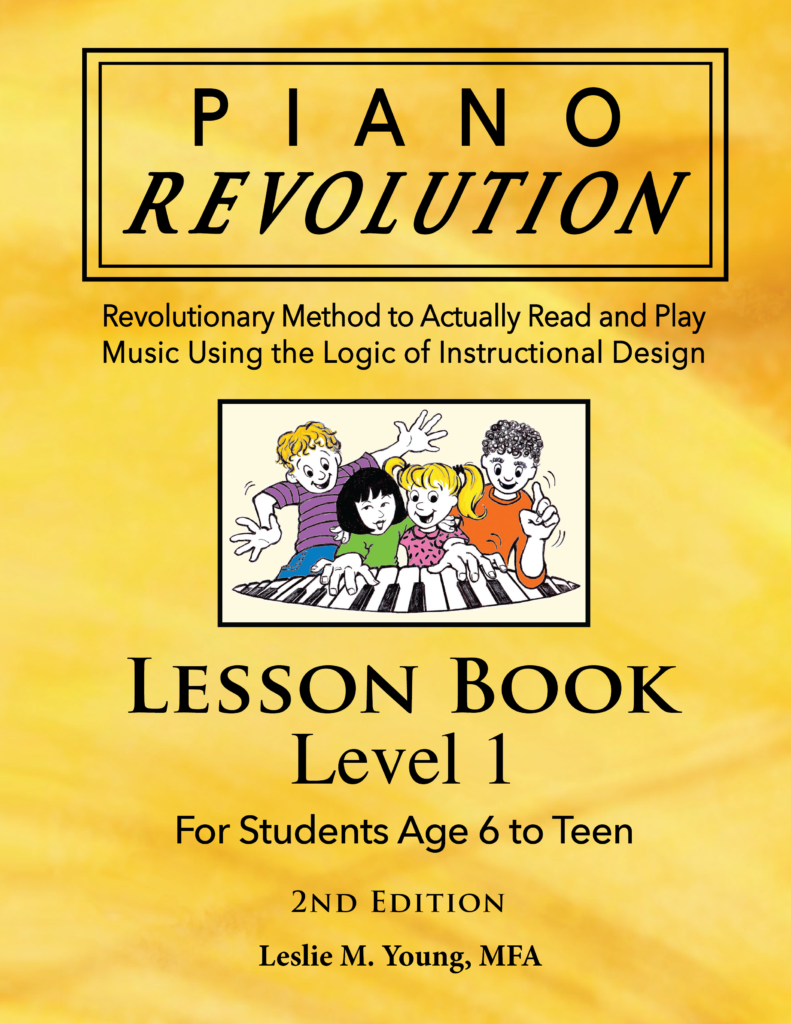Enlightening Reason Why Different Scales Are Necessary
Any musical composition (including any song you play on the piano) is created from the notes of the particular scale chosen by the composer. There are many scales, even different kinds of scales; different scales are necessary!
Think about the physical piano keys, the audible sounds, and the written notes of a particular major scale.
What would be the reason/s for a composer to choose one scale over all the others for a particular composition?
There is more than one reason for that final choice, which could be . . .
1. The Singer:

If the composition includes a vocal part, different versions (higher or lower note ranges written in different scales/key signatures) are published so that the singer can choose the vocal range he/she can easily sing. Different singers have different voice ranges. (A low bass singer cannot reach the highest soprano notes.) This is why different scales are necessary in order to match the singer’s personal range.
2. The Instrument:
The musical instrument to be used to perform the composition may need to have the written music transposed (rewritten) to a different scale (key signature) – before it can be played. The most common instruments needing transposition are the clarinet, French horn, saxophone, trumpet, and cornet. For example, a “C” for the piano would actually sound lower or higher played on these transposing instruments.
3. The Performer:
Those who actually play the composition – the instrumentalists – usually find it easier to perform in a certain “key” (a certain scale’s group of notes). For example, with string instruments, fingering and tuning can be easier when reading and playing scales with sharps. With brass and woodwind instruments, reading and performing flats is easier. Each instrument is uniquely constructed and produces distinctive sounds with different ranges, higher or lower. Using different scales is necessary!
4. The Emotional Effect:
The way a composition is created results in a specific arrangement of intervals (the distance between single notes). These intervals exist in the melody and accompaniment – for individual instruments (like the piano), as well as within complex orchestral works. The listener relates the resulting interval sounds to certain emotions, based on life experiences and cultural connections.
Since the listener may feel emotions by hearing certain combinations of notes from a particular scale – what would be the sounds that produce these emotions?
To Keep It Simple
MAJOR interval sounds are associated with pleasant, happy, bright positive emotions. An example is Happy Birthday to You.
MINOR interval sounds are shorter in distance between the notes and are associated with more melancholy, dull, dark, sad negative emotions. An example is Yesterday by the Beatles.
More Scales – More Emotions
Even as there are more emotions than those listed above, there are numerous scales, even different kinds of scales. Starting with just the Major Scales, each physical piano key can be the first of a unique sequence of seven tones which make up a major scale. There’s C Major Scale, D Major Scale, E Major Scale, etc.
Altogether, there are 12 major scales – some with sharps and some with flats, but always with the same pattern of whole and half steps between the notes, in order to produce that “major” sound we westerners know so well – “Do, Re, Me….” Adding to this list of scales is something for a near future post. But even now you can see that different scales are necessary.
Try It This Way
Think of a product made of different ingredients. Even though single ingredients by themselves are not particularly interesting or useful, they can be arranged into things most engaging and beautiful, even delicious: the individual colors of a painting; a richly sweet cake. Think of a scale as a specific group of ingredients – the essential components of a specific musical creation.
Are you interested in finding very effective piano books for beginners?
A series written for the very young student of 4 or 5 years old. . . or a 6 year-old to young teenage?
Or perhaps even older teens and adults?
There is a series of Piano Revolution method books for each of these three age categories – plus one for improvising with a chord approach!
You can see sample pages for all the books on pianorev.com by choosing from the library below:
What Would the First Lesson for a Young Student Look Like?
What Would the First Lesson for a 6 to Teen Look Like (video)?
View sample pages of all the books for students
ages 6 to teen:
View sample pages of all the books for students
4 to 5 years old:
View sample pages of all the books for older
teens and adults:
What Would the First Lesson for a Young Student Look Like?
What Would the First Lesson for a 6 to Teen Look Like (video)?
View the books on Amazon:
About the Author, Composer, Illustrator,
Educator, and Eternal Optimist

Leslie Young is the author/composer/illustrator of the PIANO Revolution method books (originally titled as the Revolutionary Piano Method). She co-founded a K-12th grade charter school in Texas and has been a piano teacher for over 40 years. She has had experience teaching a variety of students tackling piano for the first time or as returning students.
Young believes that “learning to play the piano is more about diligence and perseverance” – but would add that just as critical to success is the method that is used, the pattern of critical thinking, and the instructional principles that promote immediate success.
She states: “In teaching piano to students of varying ages, what also varies is a commitment of time and the amount of dedication. Children of certain ages may do very well with a parent as teacher; others may need someone who is not family to instruct them. Some older children and adults prefer to make progress on their own, and this method is designed to act as a meticulous guide through new material. Some adults and teens insist on professional teachers, which also encourages continuity. Because these books are self-explanatory, a new or experienced professional teacher will have no trouble using the PIANO Revolution method with students. It’s an easy and effective way to learn piano.”
This content will be of most interest to:
- Parents who homeschool
- Professional piano instructors
- Individuals desiring piano books for beginners
- Educators of Instructional Design for piano
- Adults desiring a self-teaching piano book
- Parents wondering the best age to start piano lessons for a child












